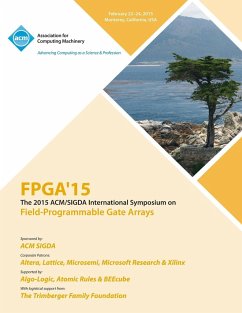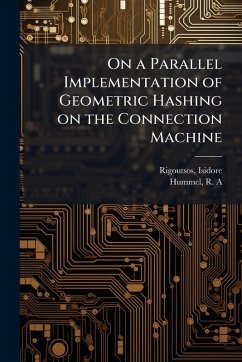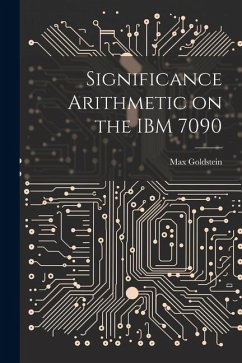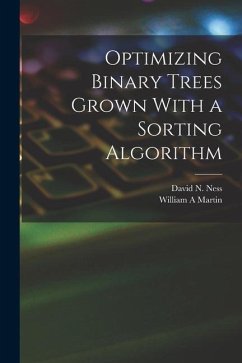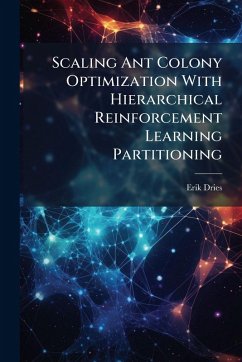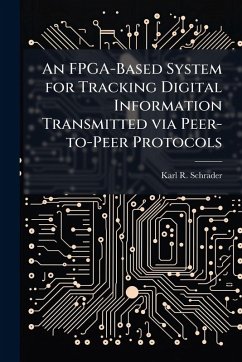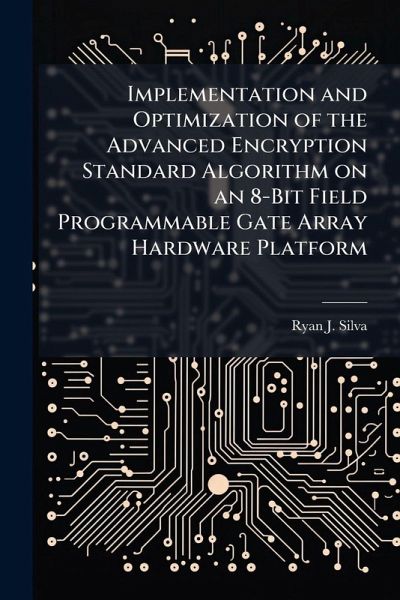
Implementation and Optimization of the Advanced Encryption Standard Algorithm on an 8-Bit Field Programmable Gate Array Hardware Platform
Versandkostenfrei!
Versandfertig in über 4 Wochen
17,99 €
inkl. MwSt.
Weitere Ausgaben:

PAYBACK Punkte
9 °P sammeln!
The contribution of this research is three-fold. The first is a method of converting the area occupied by a circuit implemented on a Field Programmable Gate Array (FPGA) to an equivalent (memory included) as a measure of total gate count. This allows direct comparison between two FPGA implementations independent of the manufacturer or chip family. The second contribution improves the performance of the Advanced Encryption Standard (AES) on an 8-bit computing platform. This research develops an AES design that occupies less than three quarters of the area reported by the smallest design in curr...
The contribution of this research is three-fold. The first is a method of converting the area occupied by a circuit implemented on a Field Programmable Gate Array (FPGA) to an equivalent (memory included) as a measure of total gate count. This allows direct comparison between two FPGA implementations independent of the manufacturer or chip family. The second contribution improves the performance of the Advanced Encryption Standard (AES) on an 8-bit computing platform. This research develops an AES design that occupies less than three quarters of the area reported by the smallest design in current literature as well as significantly increases area efficiency. The third contribution of this research is an examination of how various designs for the critical AES SubBytes and MixColumns transformations interact and affect the overall performance of AES. The transformations responsible for the largest variance in performance are identified and the effect is measured in terms of throughput, area efficiency, and area occupied. This work has been selected by scholars as being culturally important, and is part of the knowledge base of civilization as we know it. This work was reproduced from the original artifact, and remains as true to the original work as possible. Therefore, you will see the original copyright references, library stamps (as most of these works have been housed in our most important libraries around the world), and other notations in the work. This work is in the public domain in the United States of America, and possibly other nations. Within the United States, you may freely copy and distribute this work, as no entity (individual or corporate) has a copyright on the body of the work. As a reproduction of a historical artifact, this work may contain missing or blurred pages, poor pictures, errant marks, etc. Scholars believe, and we concur, that this work is important enough to be preserved, reproduced, and made generally available to the public. We appreciate your support of the preservation process, and thank you for being an important part of keeping this knowledge alive and relevant.



